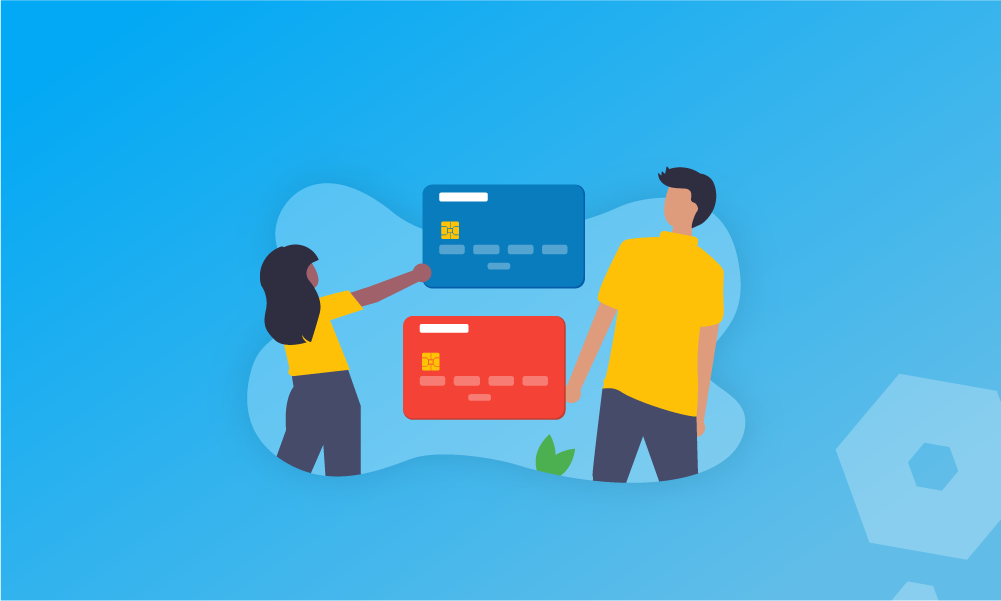Prepaid cards, payment cards, and credit cards can help you manage your business’s finances, but they work in very different ways. So, which one might be more suitable? It all depends on what you and your business need. We’d better start off by explaining what the difference is.
Banking
Integrate your bank accounts with your bookkeeping









